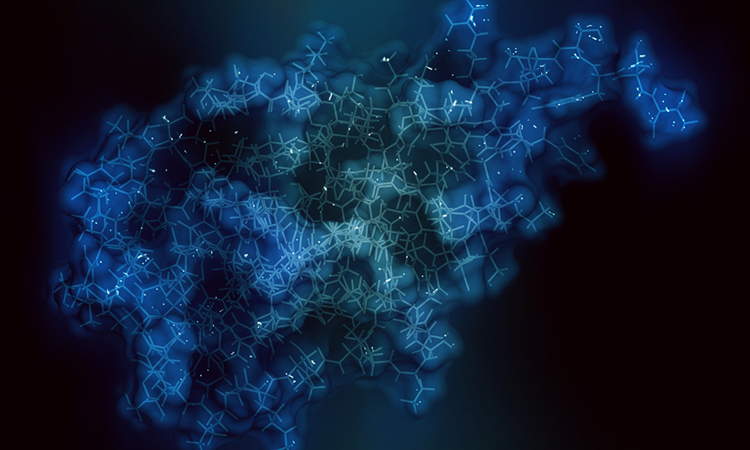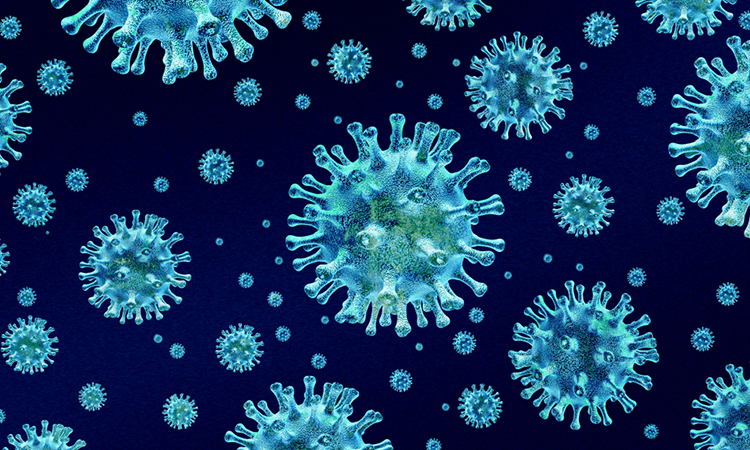New research sheds light on what influences target protein binding time
The length of time that drug molecules attach to their target protein varies greatly and impacts the protein’s behaviour and drug efficacy. In a new study, scientists in Finland have identified some causal factors for this variance, with the hope it will bring clarity for drug developers.






















